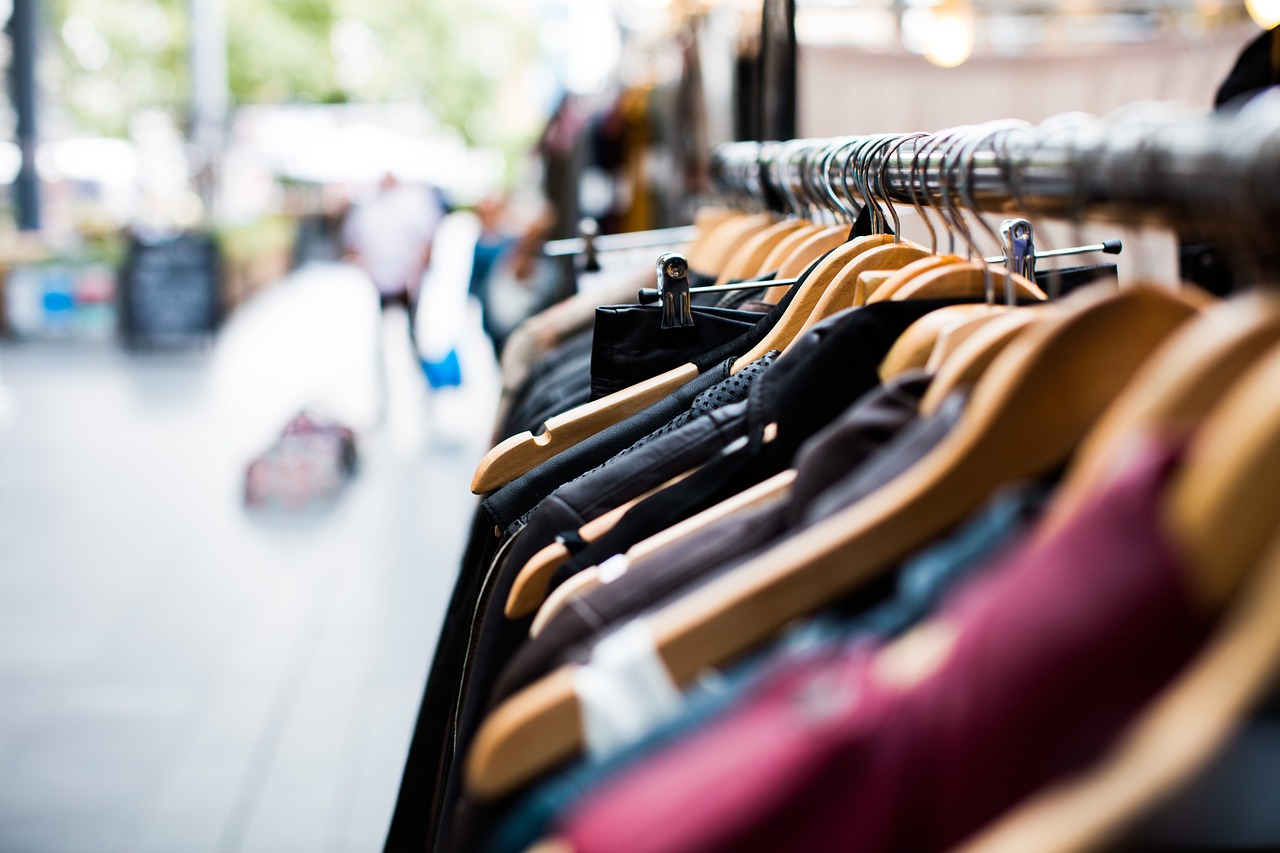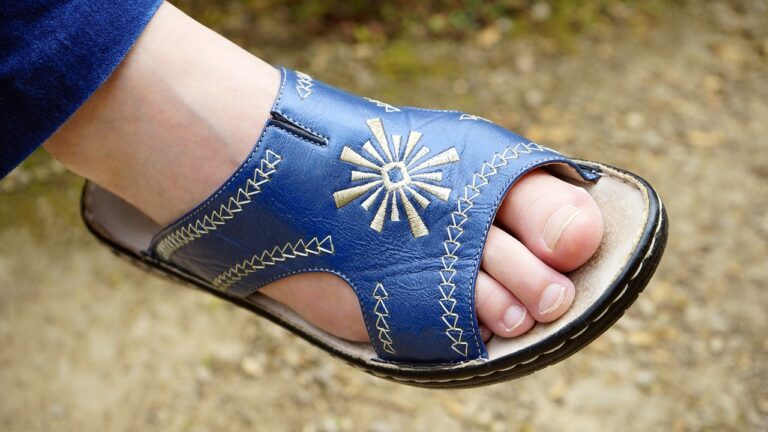Exploring the Market for Gender-Inclusive Clothing: Breaking Down Stereotypes in Fashion
Gender norms in fashion have undergone significant transformations over the years, reflecting changes in societal attitudes towards gender roles and identities. In the past, clothing was strictly divided along binary lines, with distinct expectations for what men and women should wear. However, as attitudes towards gender have become more fluid and inclusive, fashion has begun to challenge and deconstruct these traditional norms.
Contemporary designers are increasingly embracing gender-neutral clothing, blurring the lines between traditional masculine and feminine aesthetics. This shift towards more inclusive and diverse fashion choices is not only reflective of changing societal attitudes, but also serves as a means of empowering individuals to express their true selves through style. By breaking away from rigid gender norms in fashion, designers are paving the way for a more inclusive and representative industry that celebrates diversity in all its forms.
Historical Perspectives on Gendered Clothing
Throughout history, clothing has played a significant role in defining and reinforcing gender norms. In many societies, there have been strict expectations regarding what constitutes appropriate attire for men and women. These gendered clothing norms have often been linked to broader societal beliefs about masculinity and femininity, shaping how individuals present themselves to the world.
In ancient civilizations, such as Ancient Greece and Rome, gendered clothing was a crucial aspect of daily life. Men typically wore tunics or robes, while women donned draped garments like peplos or chitons. These distinct styles not only differentiated between the sexes but also symbolized social status and cultural values. The prevalence of gendered clothing in these early societies highlights the enduring influence of fashion on how we perceive and embody gender identities.
In Ancient Greece and Rome, men typically wore tunics or robes while women donned draped garments like peplos or chitons.
Gendered clothing in ancient civilizations symbolized social status and cultural values.
The influence of fashion on gender identities has persisted throughout history.
Challenges Faced by Non-Binary Individuals in the Fashion Industry
Navigating the fashion industry as a non-binary individual can be a daunting task. The industry has long been rooted in gender norms, making it challenging for those who do not conform to traditional binary standards. From casting calls to clothing designs, non-binary individuals often find themselves excluded or forced to fit into categories that do not align with their true identities.
Furthermore, the lack of representation and visibility for non-binary individuals in mainstream fashion perpetuates feelings of marginalization and invisibility. Limited options in clothing lines and rigid gender expectations in marketing campaigns can leave non-binary individuals feeling overlooked and misunderstood. Embracing diversity and promoting inclusivity within the fashion industry remains a significant hurdle for those who do not conform to traditional gender norms.
How have gender norms in fashion evolved over time?
Gender norms in fashion have evolved significantly over time, with the traditional binary distinctions between male and female clothing becoming more blurred. Non-binary individuals have begun to challenge these norms by expressing themselves through clothing in a way that doesn’t conform to traditional gender expectations.
What are some historical perspectives on gendered clothing?
Throughout history, clothing has been used as a way to define and reinforce gender roles. For example, in many cultures, men were expected to wear pants and women were expected to wear dresses. However, as society has progressed, these gendered clothing norms have become more relaxed and non-binary individuals are now able to express themselves more freely through their fashion choices.
What are some of the challenges faced by non-binary individuals in the fashion industry?
Non-binary individuals in the fashion industry often face challenges such as a lack of representation, limited options for gender-neutral clothing, and discrimination from both consumers and industry professionals. Additionally, many fashion brands have been slow to embrace non-binary fashion, making it difficult for non-binary individuals to find clothing that reflects their identity.







